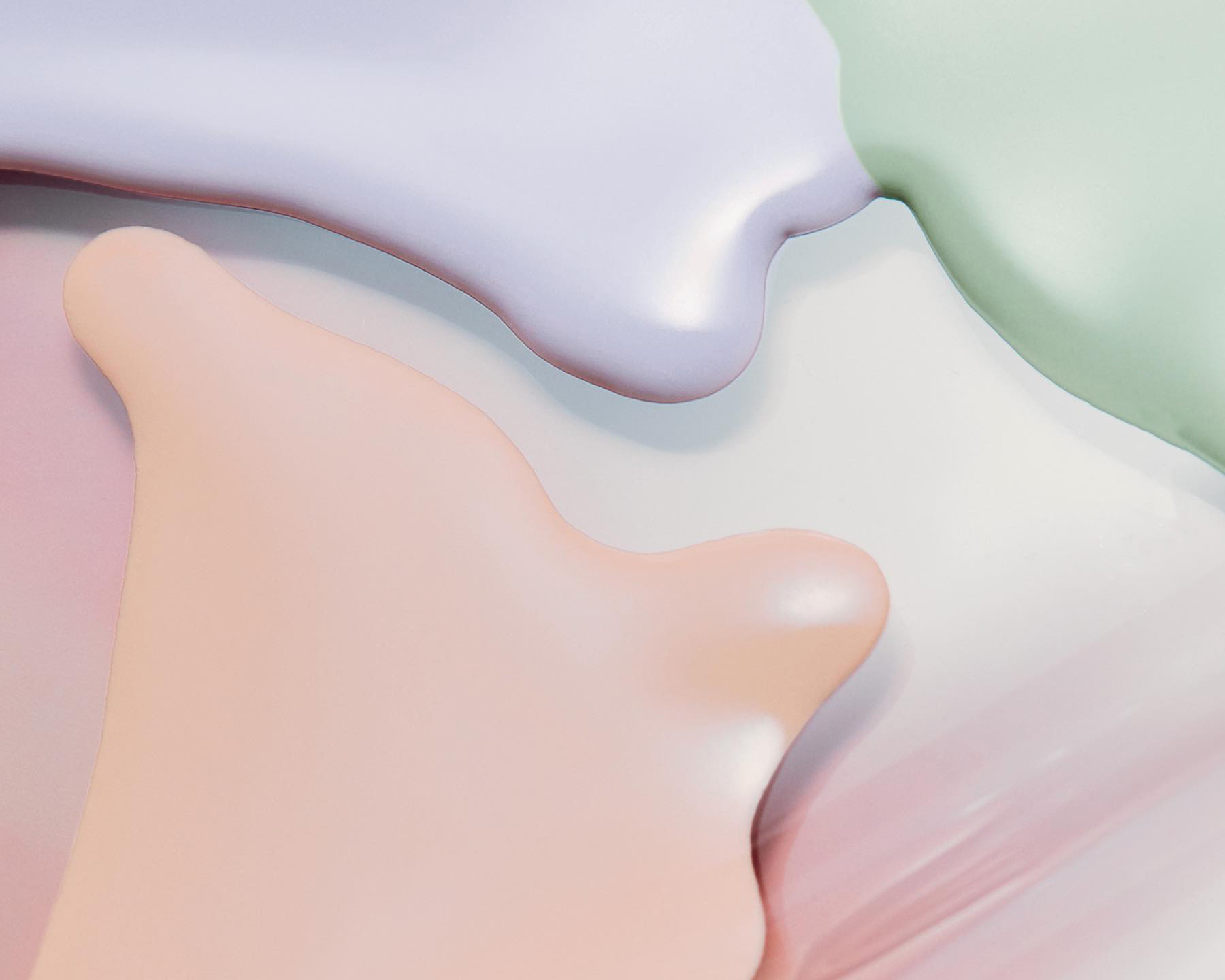13
2025
-
07
Exploring the Versatility of Artificial Leather in Modern Fashion: A Comprehensive Guide
Exploring the Versatility of Artificial Leather in Modern Fashion Table of Contents 1. Introduction to Artificial Leather 2. The Evolution of Artificial Leather in Fashion 3. Advantages of Artificial Leather 3.1 Sustainability and Eco-friendliness 3.2 Cost-Effectiveness 3.3 Versatile Aesthetics 4. Key Applications of Artificial Leather in Modern Fashion 4.1 Clothing and Apparel
Exploring the Versatility of Artificial Leather in Modern Fashion
Table of Contents
1. Introduction to Artificial Leather
2. The Evolution of Artificial Leather in Fashion
3. Advantages of Artificial Leather
3.1 Sustainability and Eco-friendliness
3.2 Cost-Effectiveness
3.3 Versatile Aesthetics
4. Key Applications of Artificial Leather in Modern Fashion
4.1 Clothing and Apparel
4.2 Footwear Innovations
4.3 Accessories: Bags and Beyond
4.4 Upholstery and Home Decor
5. Trends Shaping the Future of Artificial Leather
6. Consumer Preferences and Market Insights
7. FAQs about Artificial Leather
8. Conclusion
1. Introduction to Artificial Leather
Artificial leather, also known as synthetic leather or faux leather, has emerged as a popular material in modern fashion. This versatile fabric mimics the look and feel of natural leather while offering a myriad of benefits that appeal to both consumers and designers. As the fashion industry evolves, artificial leather is not merely a substitute but a preferred choice, paving the way for innovative designs that meet modern demands.
2. The Evolution of Artificial Leather in Fashion
The history of artificial leather dates back to the early 20th century when manufacturers sought alternatives to animal hides. Initially crafted from basic materials like cotton and oilcloth, advancements in technology have led to the development of high-quality synthetic alternatives. Today, artificial leather is produced using polyurethane (PU) or polyvinyl chloride (PVC), each offering unique properties that cater to diverse fashion needs. The evolution of this material reflects changing consumer attitudes towards sustainability, ethics, and style, marking a significant shift in the fashion landscape.
3. Advantages of Artificial Leather
Artificial leather boasts a range of benefits that enhance its appeal in modern fashion.
3.1 Sustainability and Eco-friendliness
With growing concerns over animal welfare and environmental sustainability, artificial leather presents a responsible alternative to traditional leather. Many manufacturers prioritize eco-friendly production processes, using recycled materials and reducing carbon footprints. As consumers become more conscious of their choices, the sustainable aspects of artificial leather have made it a favored option in environmentally aware fashion circles.
3.2 Cost-Effectiveness
One of the most significant advantages of artificial leather is its cost-effectiveness. Compared to genuine leather, synthetic alternatives are often more affordable, making fashionable items accessible to a broader audience. This affordability allows designers to experiment with styles and cuts that may be impractical with high-priced materials, fostering creativity and innovation within the industry.
3.3 Versatile Aesthetics
Artificial leather offers a wide range of textures, colors, and finishes, allowing designers to create unique pieces that appeal to diverse consumer tastes. This versatility means that artificial leather can be used in everything from high-fashion garments to everyday accessories, catering to various styles from edgy to classic.
4. Key Applications of Artificial Leather in Modern Fashion
The applications of artificial leather in fashion are extensive, showcasing its adaptability and relevance in various sectors of the industry.
4.1 Clothing and Apparel
From jackets to dresses, artificial leather has found a significant place in clothing design. It provides the stylish appearance of leather without the ethical concerns, making it a popular choice for contemporary fashion. Designers often use it to craft statement pieces that stand out while ensuring comfort and wearability.
4.2 Footwear Innovations
Artificial leather has revolutionized the footwear industry, with brands incorporating it into sneakers, boots, and sandals. Its lightweight nature and water resistance make it suitable for various weather conditions, while its ability to mimic the look of genuine leather adds a touch of luxury. The ongoing trend toward sustainable materials further boosts the popularity of artificial leather in footwear design.
4.3 Accessories: Bags and Beyond
Bags, belts, and wallets crafted from artificial leather have gained immense popularity. They offer stylish options that are both durable and easy to maintain. Additionally, the ability to produce vibrant colors and patterns makes artificial leather a go-to material for trend-setting accessories.
4.4 Upholstery and Home Decor
Artificial leather's versatility extends beyond fashion into home decor. It is increasingly used for upholstery, providing a chic and durable option for furniture. With various textures available, artificial leather can enhance the aesthetic of any space while ensuring longevity and ease of cleaning.
5. Trends Shaping the Future of Artificial Leather
As the fashion industry continues to evolve, several trends are shaping the future of artificial leather. Innovations in technology are leading to more sustainable production methods, while designers are increasingly experimenting with textures and finishes. The rise of veganism and ethical consumerism is also driving demand for high-quality artificial leather products, indicating a bright future for this material in fashion.
6. Consumer Preferences and Market Insights
Understanding consumer preferences is crucial for brands looking to leverage artificial leather in their offerings. Research shows a growing inclination toward sustainable and cruelty-free products, with many consumers actively seeking alternatives to traditional leather. Brands that embrace transparency in their production methods and emphasize the ethical benefits of artificial leather are more likely to resonate with today’s conscious shopper.
7. FAQs about Artificial Leather
**Q1: Is artificial leather as durable as genuine leather?**
A1: While it may not have the same longevity as genuine leather, high-quality artificial leather can be quite durable and resistant to wear and tear.
**Q2: How do I clean artificial leather products?**
A2: Cleaning artificial leather typically involves wiping with a damp cloth and a mild detergent. Avoid harsh chemicals to maintain its finish.
**Q3: Is artificial leather a sustainable option?**
A3: Yes, many artificial leather products are made using eco-friendly materials and processes, making them a more sustainable choice than traditional leather.
**Q4: Can artificial leather be recycled?**
A4: Some types of artificial leather can be recycled, but it's essential to check with local recycling programs for specific guidelines.
**Q5: What are the ethical considerations of using artificial leather?**
A5: Artificial leather is often considered more ethical than traditional leather because it does not involve the use of animal hides, appealing to vegan and environmentally conscious consumers.
8. Conclusion
Artificial leather is undeniably a versatile and essential material in modern fashion. With its sustainable qualities, cost-effectiveness, and adaptability across various applications, it is poised to remain a favorite among designers and consumers alike. As we navigate a world increasingly focused on sustainability and ethical choices, the influence of artificial leather will continue to grow, shaping the future of fashion in exciting and innovative ways. Embracing this material not only aligns with contemporary values but also enriches the creative possibilities within the fashion industry.
Related news
undefined






